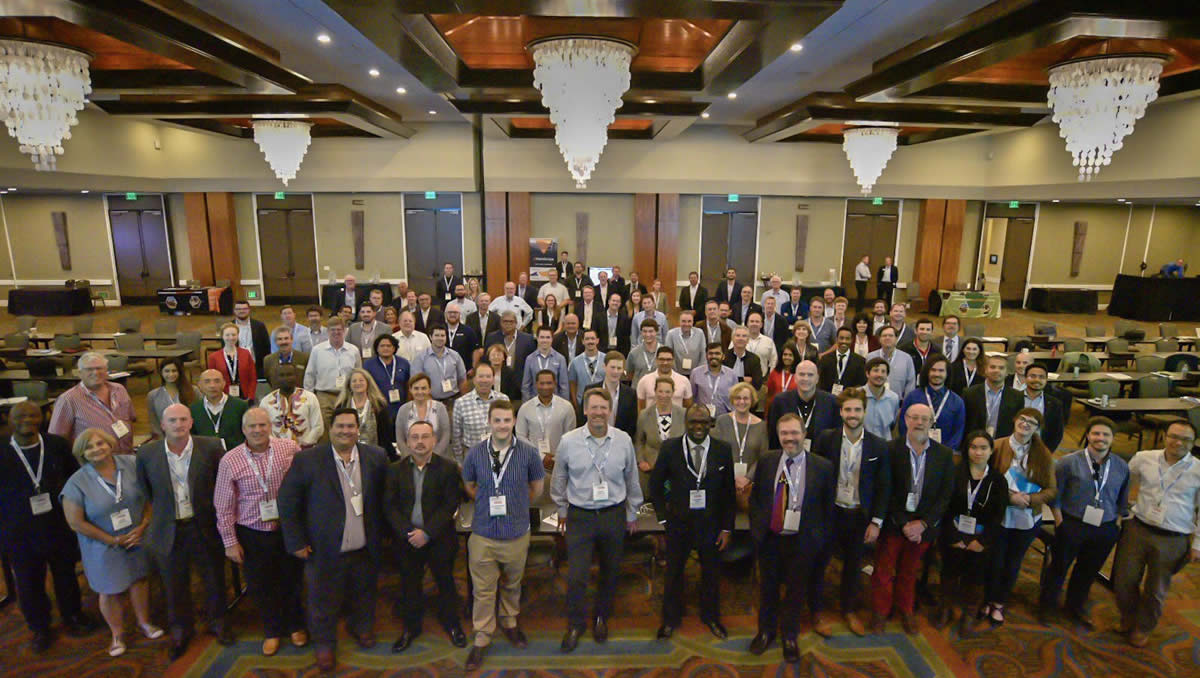Come join us from October 6-9th in Cambridge, Massachusetts for the 7th annual HOMER International Microgrid Conference. Leading researchers and developers from around the world will be presenting the latest research on microgrid technology with case studies from the US, Asia, Africa, Arctic regions and the Caribbean. We will also have panel discussions that examine the evolution of microgrids in the U.S., covering the regulatory issues and innovations in this fast-moving industry.

The pace of microgrid development is picking up everywhere as we learn that microgrids are a viable economic alternative to new investments in traditional, centrally-based fossil fuel generation. Electricity customers are also investing in microgrids because they provide resilience in the event of grid outages and increase the amount of renewable energy in our overall generation mix.
According to Navigant Research, North America is still the leading microgrid market in terms of total electrical capacity, but the need to provide energy access in developing countries is driving rapid growth in Asia and Africa, which could soon overtake the North American market. Navigant also reports that solar PV and storage are a mainstay of remote microgrids built for energy access, which make up about 40% of the world’s total microgrid capacity. Commercial and industrial microgrids (C&I) are the second largest category, followed by utility distribution systems, but this latter category is expanding rapidly as utilities begin to explore the advantages of microgrids for grid management.
Focus on microgrids in developing countries
An important portion of the HOMER International Microgrid Conference will be devoted to an exploration of the role of microgrids in energy access, with the presentation of microgrid case studies across Kenya, Uganda, Tanzania and Sierra Leone. Other presenters will be traveling from New Zealand and the Philippines to provide updates on some of the most rapidly growing microgrid markets in the world.
Serena Patel of the Energy and Resources Group at the University of California at Berkeley will be presenting her study of a microgrid project in Kibera, a large shanty town outside of Nairobi, which is Africa’s largest urban shantytown. The new microgrid will be powering clean water and sanitation services in a community center – as well as education small businesses. Patel’s modeling demonstrates that solar generation and batteries are an economically viable way to integrate electrical energy in low-income, vulnerable communities.
A session on Puerto Rico will examine the role of microgrids in rebuilding the island’s electrical infrastructure in the wake of Hurricane Maria, and how that might transform the experience of Puerto Rico’s electricity consumers.
Grid connected microgrids
The HOMER International Microgrid Conference will also explore the evolution of many different types of grid-tied microgrids. There will be a session devoted to combined heat and power (CHP), how it can provide solutions for industrial customers and how it is being integrated into electrical microgrids. The conference will also look at the latest innovations in rate design and regulation, examine how a future microgrid ecosystem will influence load management, and present innovative ways to finance microgrids.
Finally, a special section on microgrid technology will cover microgrid controls, peer to peer trading as a means of integrating EV charging stations into the grid, and modular microgrids.
Please do join us in Cambridge, MA for the HOMER International Microgrid Conference, and sign up early to benefit from discounted rates! Come hear these companies describe their ground-breaking work in microgrid development:
|
|
What: HOMER International Microgrid Conference
When: October 6-9, 2019
Where: Hyatt Regency, Cambridge, Massachusetts
Learn more and register: https://microgridconference.com/
